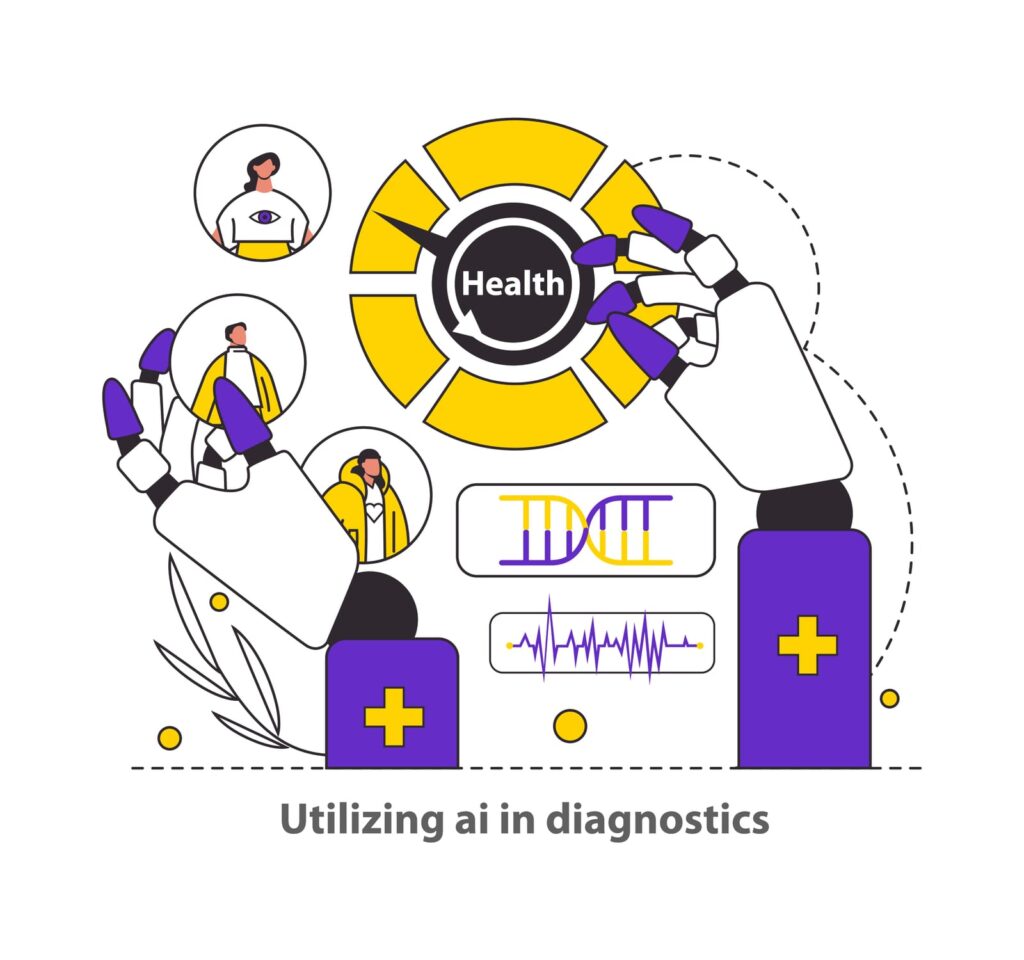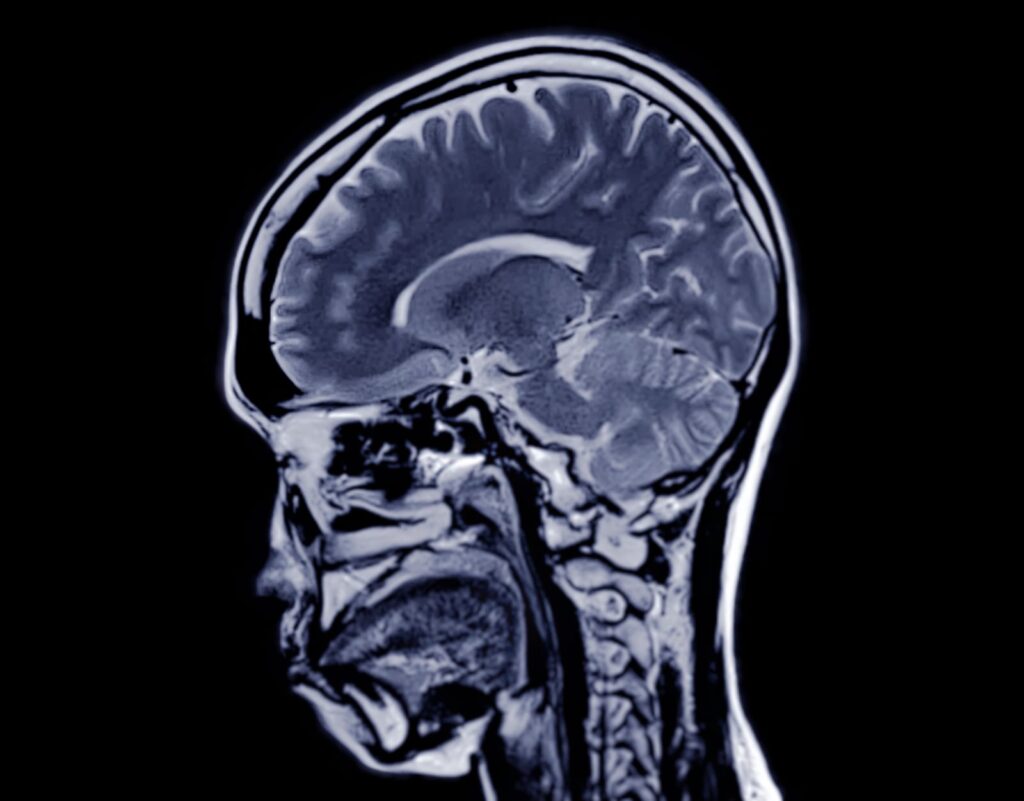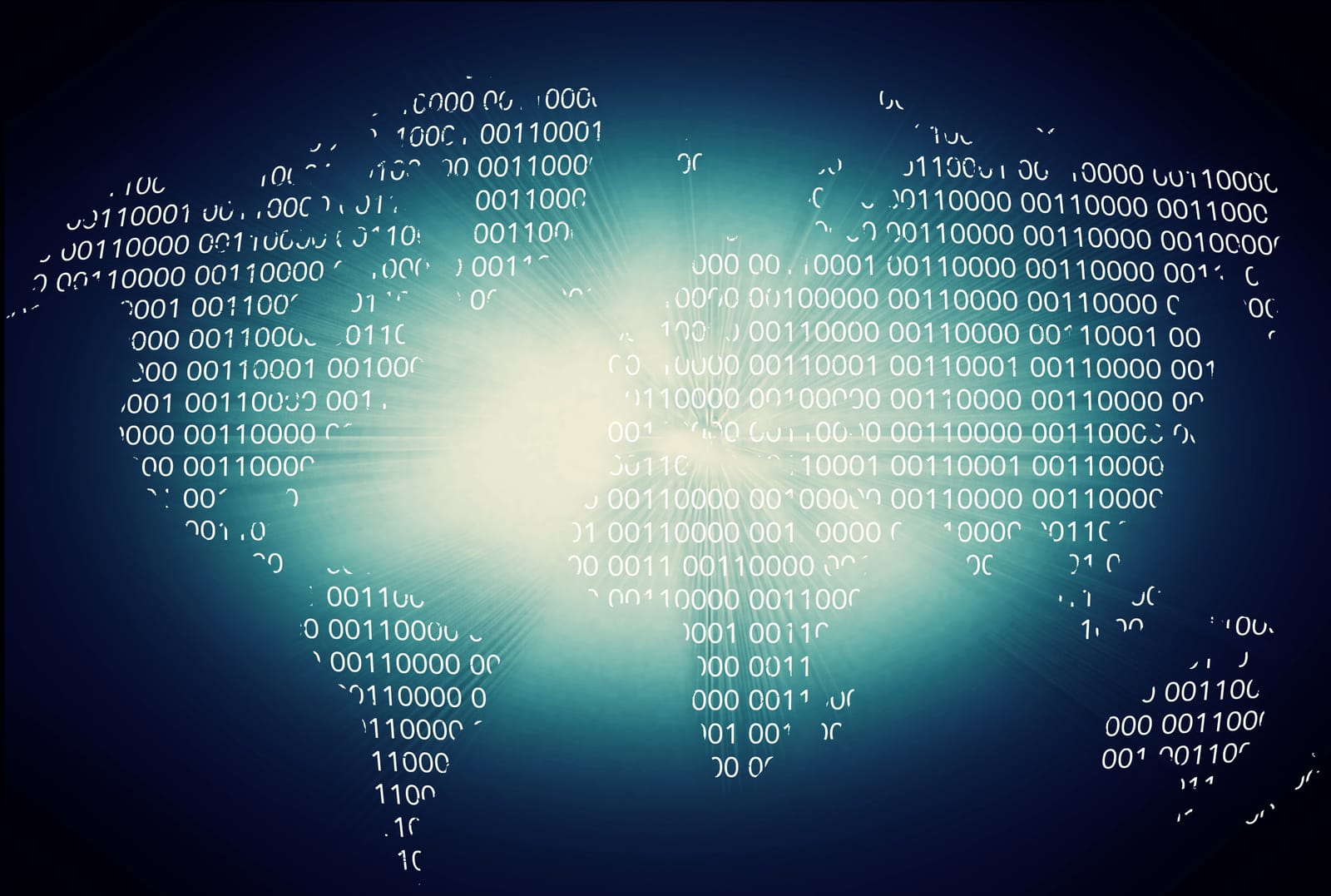Introduction to Data Science in Medical Diagnosis
In the realm of data science, the task of classification offers a sense of familiarity and comfort, especially when juxtaposed with the complexities of predicting protein folding and other open-ended challenges. Classification in data science is akin to sorting items into predefined categories, much like organizing mail into mailboxes.
This foundational task is crucial in medical diagnosis, where machine learning algorithms play a pivotal role in determining the category or “box” to which a particular medical condition belongs. This section will explore the significance of classification tasks in medical diagnosis and how they contribute to more accurate and efficient healthcare solutions.
Classification in Machine Learning and Medical Diagnosis

Machine learning has revolutionized the ability to classify various types of data with remarkable precision. For instance, in image classification, algorithms can determine the contents of a picture, such as identifying objects or estimating distances, like how far a car is from another and where the road lines are. Similarly, in transaction analysis, machine learning can discern whether a credit card transaction is fraudulent or legitimate.
In the realm of identity verification, these algorithms can recognize individuals through their voices, fingerprints, facial features, or even their gait. These capabilities highlight the transformative power of machine learning in data classification.
Medical diagnosis can be viewed through the same lens of classification. Here, doctors analyze a patient’s symptoms, which serve as data, and attempt to match these symptoms to a known diagnostic category. This process is akin to the classification tasks performed by machine learning algorithms, where the goal is to accurately categorize the input data into predefined classes.
Example of Disease Classification: Tinnitus

In the realm of medical diagnosis, tinnitus serves as a prime example of disease classification using the International Classification of Diseases, Eleventh Revision (ICD-11) by the World Health Organization. Tinnitus is categorized as a nonspecific symptom of a hearing disorder, characterized by the perception of sounds such as buzzing, ringing, clicking, or pulsations in the ear.
Criteria for Classification
The classification of tinnitus involves three primary criteria:
- Noise in the Ear: The presence of sounds like buzzing or ringing that are perceived by the patient.
- Absence of External Stimuli: These sounds occur without any corresponding external stimuli, meaning they are not caused by external sources.
- Inaudibility to Examiners: The sounds cannot be detected by a physician or nurse using a stethoscope.
Simplifying Diagnosis through Classification

The process of classifying tinnitus involves matching these symptoms to the disorder, making it a relatively straightforward task. By identifying the presence of these specific criteria, healthcare professionals can effectively diagnose tinnitus, ensuring that the symptoms align with the disorder’s classification in the ICD-11.
Methods of Medical Data Classification
In the realm of medical data classification, there are several methods employed to assign observations to different categories. These methods are crucial for accurately classifying medical data, which in turn aids in effective diagnosis and treatment planning.
Overview of Classification Methods
Medical data classification involves various techniques that are designed to categorize data based on specific criteria. These methods ensure that the data is organized in a way that is meaningful and useful for medical professionals.
Expert Systems
One of the primary methods used in medical data classification is expert systems. These systems leverage the knowledge of medical experts to create rules and algorithms that can classify data. Expert systems are particularly useful in scenarios where human expertise is critical, and they can mimic the decision-making ability of a human expert.
Statistical Models
Statistical models are another method used in the classification of medical data. These models use statistical techniques to analyze and interpret data, allowing for the identification of patterns and trends. Statistical models are often used in conjunction with other methods to enhance the accuracy and reliability of data classification.
In summary, the methods of medical data classification, including expert systems and statistical models, play a vital role in the field of medical diagnosis. By employing these techniques, medical professionals can ensure that data is accurately categorized, leading to better patient outcomes.
Expert Systems in Medical Diagnosis
Expert systems have a rich history dating back to the 1950s. These systems were developed by gathering insights from a group of experts who meticulously mapped out decision paths. The process involves a step-by-step approach where one checks for specific conditions in a sequential manner. This method ensures clarity and precision in outlining the processes involved in medical diagnosis. The systems are aptly named “expert systems” because they rely heavily on the experience and insights of seasoned professionals.
Statistical Models and Logistic Regression
Statistical models, often referred to as model-based approaches, play a crucial role in analyzing extensive datasets in medical diagnosis. One common method is logistic regression, which is used to identify patterns in symptoms that can predict the presence of a particular disorder.
In binary classification, logistic regression is straightforward, providing a yes or no answer regarding the presence of a disorder. This involves fitting a model that produces a sinusoidal curve, which helps in determining the likelihood of a condition based on observed data.
For more complex scenarios involving multiple categories, the approach becomes more intricate. However, linear model-based methods can still be applied to handle these multi-category classifications effectively. These models are essential in processing and interpreting medical data to support accurate diagnosis.
Deep Learning Models in Medical Applications

In recent years, deep learning models have become prominent in the field of medical applications. These models, although complex, have proven to be highly effective in areas such as image recognition and language translation. They are capable of processing large sets of inputs and performing sophisticated nonlinear transformations. This capability allows them to generate accurate predictions and classifications, making them invaluable tools in medical diagnostics and other related fields.
Choosing the Right Model for Diagnosis
In the realm of medical diagnosis, selecting the appropriate model is crucial. It’s important to recognize that more sophisticated models are not always the most effective. For instance, if a patient’s forearm is visibly broken with a bone protruding, a simple observation suffices to diagnose the fracture without the need for advanced computational models.
However, there are scenarios where complex models can significantly enhance diagnostic accuracy. The key lies in choosing the right approach tailored to the specific situation. Understanding when to apply simple versus advanced models is essential for effective diagnosis.
Applications in Brain Imaging and Pathology
In the realm of brain imaging, the complexity and richness of data present significant challenges. Diagnosing conditions such as Alzheimer’s disease from brain images can be particularly difficult, especially in the early stages before the disease has fully developed. Convolutional neural networks (CNNs), which are highly effective for image analysis, have been employed by researchers to predict the progression from mild cognitive impairment to more severe Alzheimer’s disease.
Moreover, data science methods are proving invaluable in addressing the global shortage of pathologists, a concern that is especially pronounced in less affluent countries. While machine learning cannot replace the essential work of pathologists, algorithms can enhance their efficiency, enabling them to extend their critical insights to a broader audience and across more locations.
Machine Learning in Mental Health Support
Machine learning has played a crucial role in mental health support, especially during the pandemic when anxiety and depression levels surged. While these technologies do not replace trained therapists, they provide an initial platform for individuals to begin understanding their mental health challenges. Through the use of chatbots and other AI-driven tools, people can start engaging in self-care practices and gain insights into their conditions. Importantly, these tools serve as a bridge, connecting users to professional care, whether in-person or online, thereby enhancing access to mental health resources.
New Insights and Challenges in Diagnosis
The integration of advanced algorithms, particularly neural networks, is revolutionizing the field of medical diagnosis by providing new insights. These algorithms excel in tasks such as image classification by analyzing visual data in ways that differ significantly from human perception. They utilize subtle and sometimes seemingly irrelevant clues to distinguish between objects, which can lead to groundbreaking discoveries.
In the realm of text analysis, neural networks can identify predictive patterns, such as word frequencies, that may indicate certain mental illnesses that are otherwise challenging to diagnose. This capability highlights the potential of these technologies to handle complex, multi-level data, thereby enhancing the efficiency of medical work.
By leveraging these insights, medical professionals can extend their services to a broader population, offering new diagnostic perspectives and improving the overall understanding of various diseases and illnesses. However, the complexity and opacity of these algorithms also present challenges that need to be addressed to fully harness their potential.
The Role of Medical Professionals and Algorithms
In the evolving landscape of medical diagnosis, the integration of data science offers significant promise. From simple decision trees to complex artificial neural networks, various algorithms are being developed to tackle a wide range of illnesses. However, it is crucial to proceed with care, as the depth of work in this field is vast and continually expanding.
While algorithms can provide valuable insights and identify obscure patterns, they are not a substitute for the expertise and judgment of trained medical professionals. These tools serve as adjuncts, offering recommendations and supporting the decision-making process. For now, they remain aids to doctors, nurses, and other caregivers, enhancing their ability to perform life-saving work without replacing the human element essential in healthcare.
The future of data science in medical diagnosis is bright, but it must be approached with a balanced understanding of its capabilities and limitations. The complementary roles of medical professionals and algorithms will continue to shape the future of healthcare, ensuring that technology enhances rather than replaces human expertise.



1 comment / Add your comment below